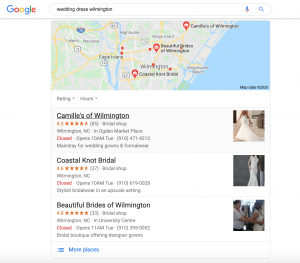Did you know that online merchants incurred nearly $ 7 billion losses in the form of chargebacks in 2016 alone?
Chargebacks and online fraud are becoming single most source of distress among online merchants. According to Invespcro, every dollar of chargeback fraud costs ecommerce stores about $ 2.4.

There are many causes of friendly chargebacks. They include customer disputes, authorization issues, processing errors, inaccurate transactions, and of course fraud.
As such, there is no silver bullet that would completely deal with this menace once and for all. What you actually need to do is to mitigate the risks by training your employees on what they need to do. If you do a good job when it comes to credit card processing, including putting in place adequate security measures, you will see a drastic drop in chargebacks.
Having said that, here are some tips to help you reduce chargebacks and fraud
Ensure the shipping address is the same as in the credit card
Doing an address verification process is critical. Liaise with the credit issuer to ascertain that the address as well as the ZIP code of the cardholder matches. If they match, make sure you ship to the matching billing address. Shipping to the wrong address might result in disputes, and of course chargebacks. You can only ship to a different address under some exceptional circumstance, e.g when the buyer proves that they are away on a business trip.
Use a name that your customer will recognize
One of the main causes of chargebacks is discrepancies in the names that show up on your customer’s credit card bills (credit card descriptor). If your customer cannot recognize you, there is every likelihood that they will apply for a chargeback not because they want to defraud you but because they fear they are being defrauded. If you are using a name other than what appears on your website, try to include your url as your credit card descriptor. By all means ensure your credit card descriptor and your website name are matching.
Be available
While some customers will apply for a chargeback straight away after noticing some issues with their credit card, other will first try to contact you. So it will do you a whole lot of good to be easily available. Provide your contact information on your website and attend to customer messages and calls.
Make sure your free offer is free
Some merchants give false information in the hope of making more sales. If you say you are giving free trial for the first three months, makes sure it is truly free for the first month. Anything you charge outside the agreement might result in chargebacks and even damage your brand reputation.
Have a friendly cancellation policy
Make it easy for your customers to cancel a transaction.
Digital & Social Articles on Business 2 Community(62)







